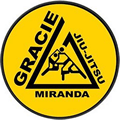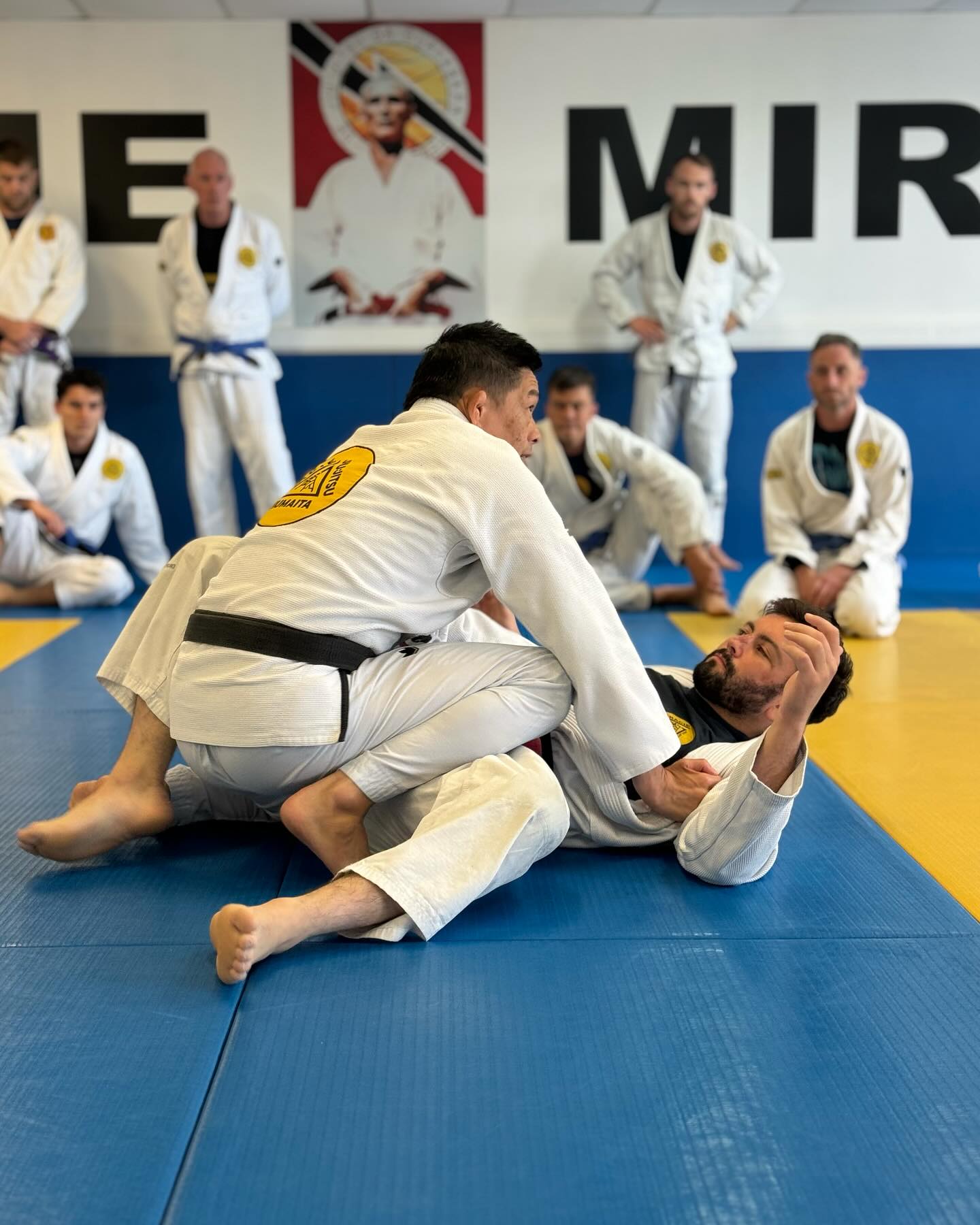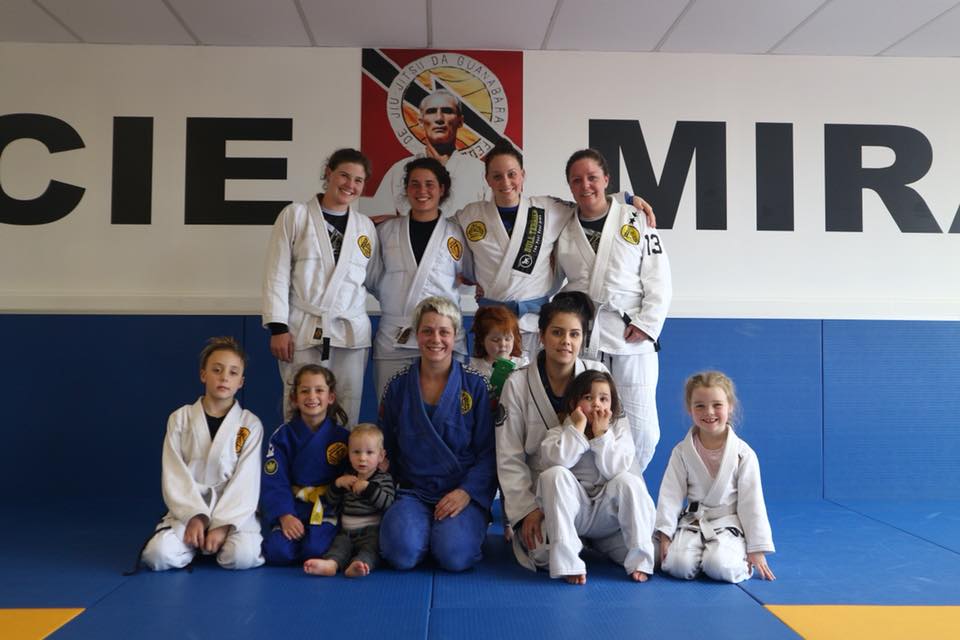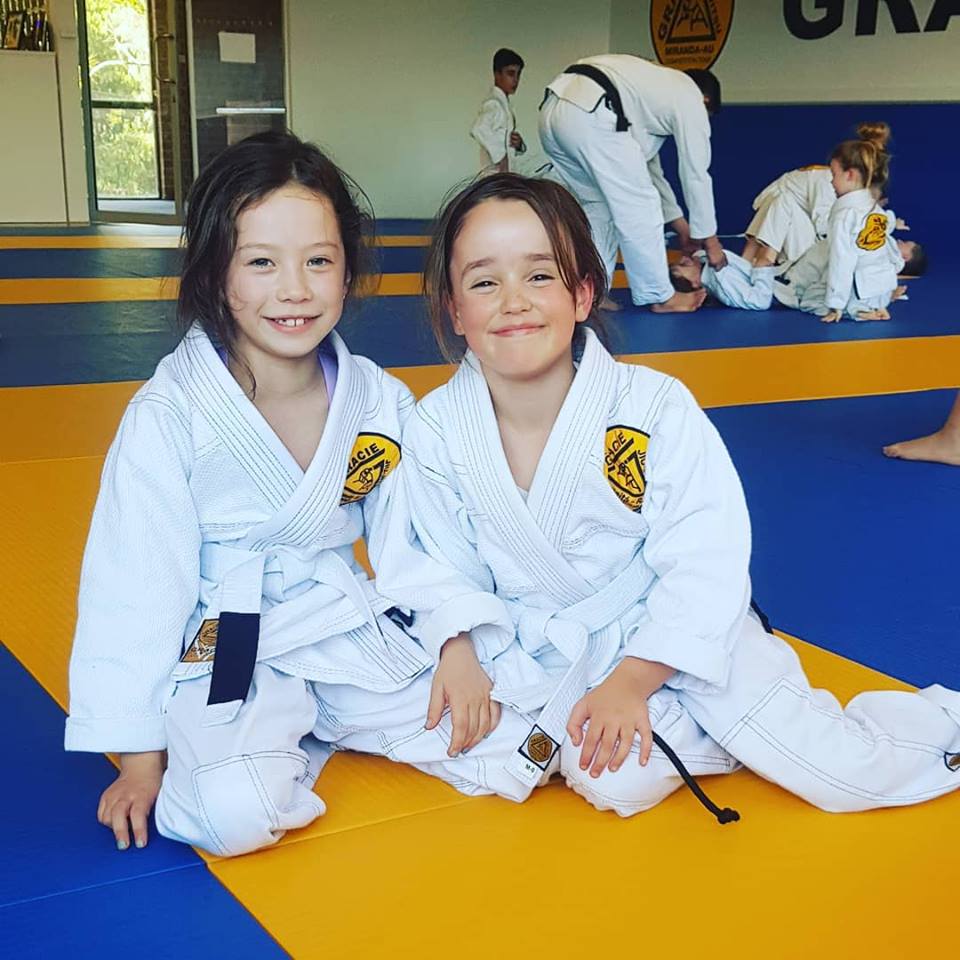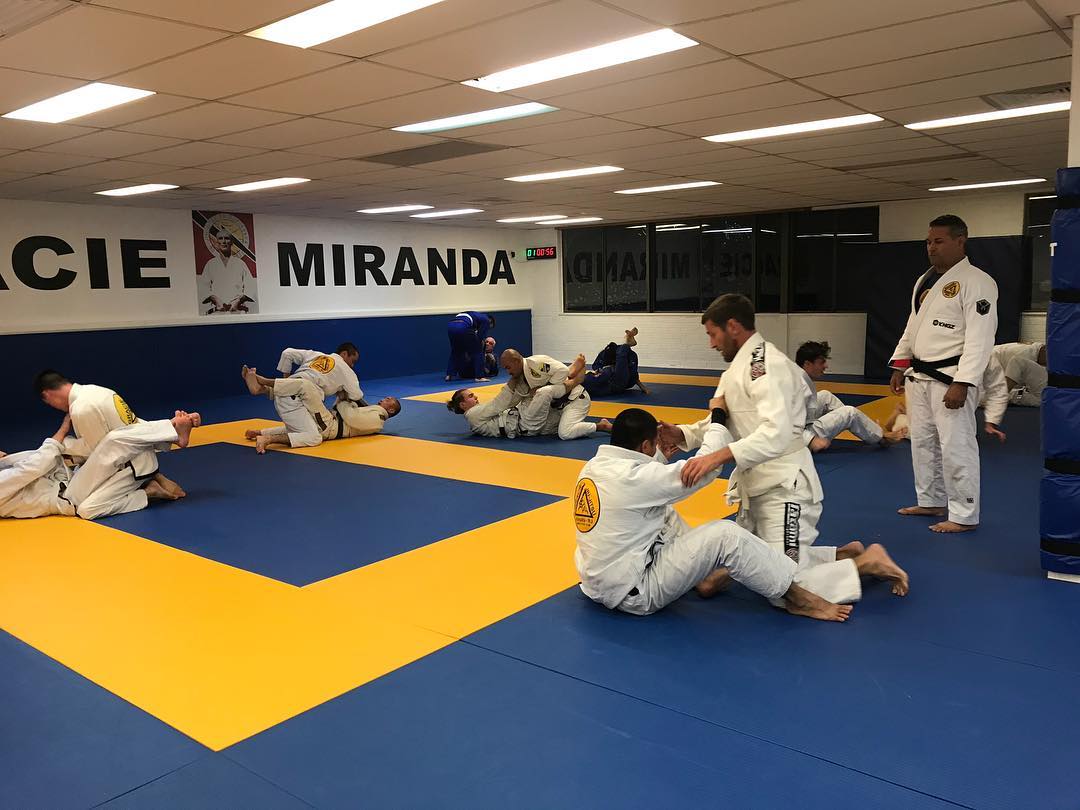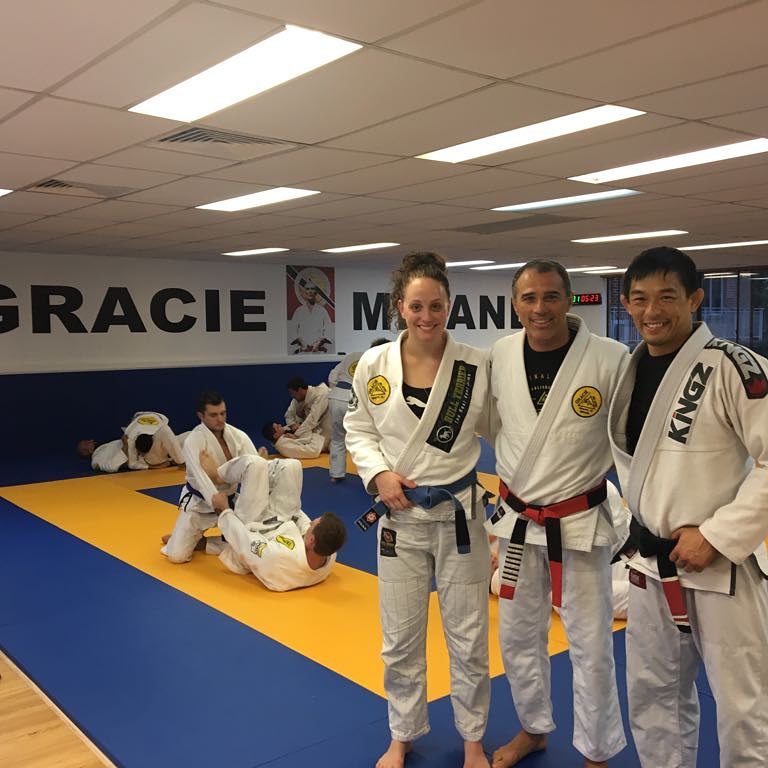The Sutherland Shire may be known for its beaches, but not everyone has a swimmer’s physique. And that’s OK! Brazilian Jiu-Jitsu (BJJ) is a martial art for all shapes, sizes and fitness levels.
Still, something we at Gracie Miranda often hear from people who want to try BJJ but who want to “get in shape” first. That begs the question, exactly what shape do you need to be in to get into grappling?
The answer is that you should come as you are. There’s two reasons for this. Firstly, as mentioned above, BJJ works for multiple body types, whether you’re short and slim or tall and heavy. Second, you don’t get in shape to do BJJ — you get in shape by doing BJJ!

Fitness, fun and flying armbars
We understand if people are insecure about either their fitness level or body shape, as almost everyone at Gracie Miranda has been there at one point. But saying “I’m not in good enough shape to do Brazilian Jiu-Jitsu” is like saying “I’m not flexible enough to do yoga.”
If you’re a bigger guy or gal looking to live a healthier lifestyle, martial arts is an excellent way to achieve that. BJJ is an excellent full-body workout. In it you activate all your muscles, from your neck on down to your calves, and heavy sparring is as good a high-intensity-interval-training session as any CrossFit class will give you.
Brazilian Jiu-Jitsu is a particularly good way of getting in healthy shape because you’ll having fun while you achieve your health goals. Weightlifting, aerobics classes or jogging your way through the Shire will get you in shape, but many people don’t enjoy those activities. Training Jiu-Jitsu is tremendous exercise but it doesn’t feel like a chore, which means you’re likely to keep coming back.
However, this doesn’t only apply to BJJ. You’ll also sweat plenty in martial arts like boxing or Muay Thai. But BJJ also gives you the best self-defense skills that work in every situation. (Those other martial arts also provide valuable self-defense skills, but Jiu-Jitsu over the past few decades has become known as the martial art for self defense.)
Finally, there’s a misconception that you have to be a great athlete to do BJJ. To do it at an elite level, that’s fair. Not everyone who does Jiu-Jitsu is conventionally athletic — I know I can’t touch my toes — but people of any shape and size can make Jiu-Jitsu work for their body type. If you’re flexible, thin and quick, you’ll have many advantages — but also several disadvantages. Similarly, being big and bulky comes with disadvantages, but also some advantages. It’s definitely not a reason to not try out Jiu-Jitsu!
Getting in mat shape
If it’s not worries about body shape, people often have concerns about their cardio ability when it comes to Jiu-Jitsu. On this we have both good news and bad news.
The bad news is that your mat cardio is going to be terrible when you start. The good news is that everyone’s mat cardio is terrible when they start. That’s because traditional cardiovascular efficiency doesn’t translate well to grappling. Even if you’re an elite-level athlete, a Cronulla Shark, chances are you’ll be huffing and puffing after a few rounds of BJJ class.
Cardio is only one element of what constitutes someone’s mat shape. Technique efficiency and proper breathing are also major elements, both of which are impossible for a grappling novice to prepare for.
BJJ is not easy. It takes over 10 years to get your black belt and much, much longer to master. But it’s also incredibly rewarding. Part of that journey is teaching your body how to cope with the pressure BJJ puts on it, which means getting into “mat shape.”
In other words, don’t let your cardio or body shape hold you back. If you live anywhere in Sutherland Shire and are interesting in martial arts, come into Gracie Miranda and give Jiu-Jitsu a try. The first class is free!
Author – Daniel Van Boom
